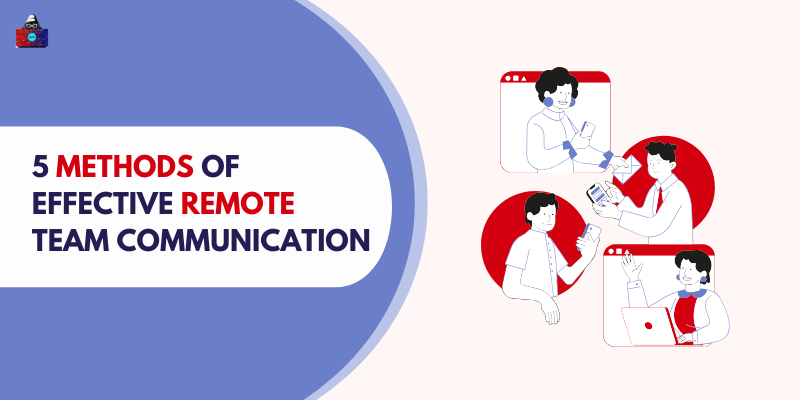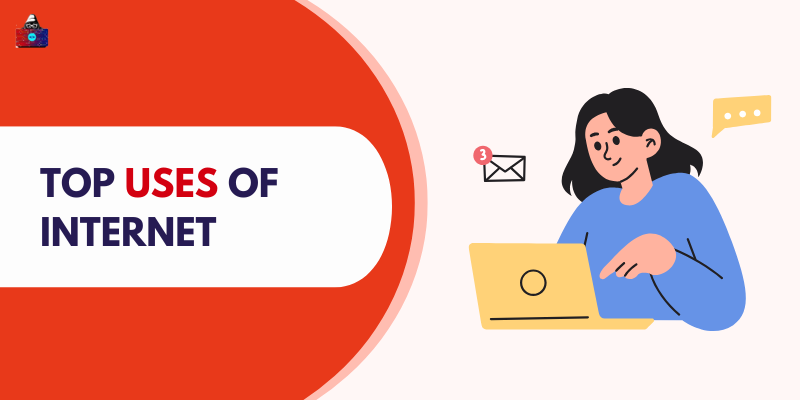In educational institutions, we must engage with technology, including software and applications, in our teaching and learning. There are many digital tools and interactive applications that contribute to an experience that is more engaging and prestigious than just teaching and learning. Technology could be used in a wide range of educational applications, from visual aids and projects to enhanced learning applications, when teaching in real or virtual classrooms.
We can no longer disregard the impact of educational technology because it has become so essential in both distance and hybrid classrooms. Students and teachers can access other resources beyond physical learning environments because of technology integration in their learning.
Smart classrooms and modern technology enhance the student experience, foster participation, and help close the gap between traditional approaches to education and more modern approaches to education. However, in this digital age and era of technology in education, educational technology must be leveraged to facilitate learning beyond the use of textbooks. This allows students to partake in hands-on experience and learn through action in a collaborative, technology-rich learning environment. Today's educational institutions and universities prepare learners with all of the 21st-century skills they require to be successful in any career and personal endeavor.
Characteristics of Educational Technology
Educational technology is systematic, scientific, and student-centered because it's about education. It's not about fancy gadgets, it's about using technology strategically to address authentic educational problems. It is characterized by flexibility, scalability, and interactivity as keys. Another key characteristic is personalization, which is the opposite of traditional educational practice or pedagogy where one-size-fits-all is the approach.
It helps learners explore topics in depth, unlike traditional teaching methods that rely on uniform content delivery. It can provide customization pathways that help in education. For example, personalized activities or software solutions can track the learning process of the learner and recommend a specific activity to help the student strengthen skills in various areas. Digital learning tools, such as Gamify, also engage learners while addressing personal learning needs.
Finally, educational technology is a flexible and innovative field that will continue to develop with changing technologies such as AI powered adaptive learning systems and virtual reality classrooms. EdTech responds and adapts to the changing needs of teachers and students.
Scope of Educational Technology
1. Improving Teaching Methods
Teaching has become innovative today by introducing creative tools like digital writers, multimedia presentations, and interactive learning platforms that help students with reading, writing, and interactive classes. Teachers can use visual and multimedia tools to simplify complex topics, making learning more enjoyable and easier to understand.
2. Enhancing Student Learning
EdTech provides students with access to e-learning applications with simulations, which help them learn interactively and refer to classrooms. The learning environment also encourages interactive participation. This shift from passive to interactive learning improves student engagement and understanding.
3. Personalized Education
Interactive learning systems powered by e-learning enable teachers to personalize education by tailoring content to each student’s learning style, ensuring that no student is left behind.
4. Digital Classrooms
The concept of smart classrooms or technology has made it possible to integrate interactive boards, tablets, and cloud-based tools. Digital classrooms allow real-time collaboration and hands-on learning experiences.
5. E-Learning Platforms
E-learning platforms like Moodle, Coursera, and Google Classroom have revolutionized education by offering flexibility and accessibility to students worldwide.
6. Assessment and Evaluation
Digital tools enable automated quizzes, online tests, and analytics dashboards that instantly track student performance, helping teachers focus on improvement rather than manual grading.
7. Distance and Remote Learning
Digital tools facilitate distance learning by providing recorded lectures, virtual classrooms, and progress tracking. Students can access learning materials anytime, anywhere. These tools not only help students to test but also help them to know which areas they are lacking in. This helps teachers focus on improvement rather than just minimally grading students. One of the outstanding advantages of EdTech is remote learning with a recorded feed. Many virtual classes benefit students, allowing them to access and learn material from anywhere in the world.
8. Inclusive Education
Educational technology promotes inclusivity through assistive devices such as speech-to-text applications and interactive aids that support learners with disabilities.
9. Administrative Efficiency
From attendance tracking to digital grade books, EdTech helps schools streamline administrative tasks, reducing errors and saving teachers time.
10. Teacher Training
Technology isn't just about students, but it is also about teachers. Online training programs and webinars help teachers upgrade their skills and stay relevant in modern classrooms.
11. Collaboration Tools
Apps like Microsoft Teams and Google Workspace interact with students by allowing students and teachers to collaborate with each other and make learning more fun and interactive. Teachers can assign projects, presentations, and quizzes on these platforms, making learning more collaborative and engaging.
12. Educational Content Creation
Teachers can now create digital lessons, video tutorials, and interactive exercises using tools like Canva and Quizlet, making education more engaging and creative.
13. Gamified Learning
Gamification makes learning more enjoyable for students. Gamification makes learning more enjoyable by introducing leaderboards, badges, and interactive challenges that motivate students.
14. Global Learning Access
EdTech breaks geographical barriers, enabling students to learn from professors and institutions around the world. Anyone can connect to any kind of lecture from professors all across the world.
15. Future Innovations
The future of EdTech includes innovations like AI tutors, VR-based classrooms, and blockchain technology for secure credential verification. The innovation is now very promising: to make education more interactive, transparent, and efficient, and take it to another level.
How Educational Technology has Evolved
Educational technology has evolved significantly over the years. In the past, it was limited to tools like blackboards and overhead projectors. With the advent of computers, the internet, and educational software, interactive teaching has become possible. The transition from offline to online learning marked a major milestone, especially during the pandemic when platforms like Google Classroom became essential. Today, AI, VR, and AR are reshaping how students learn and how teachers teach, making education more interactive and engaging.
Conclusion
Educational technology has gone through a major transformation over the years. It was once isolated to items like blackboards and overhead projectors. However, technology such as computers, internet access, and educational software has led to interactive teaching and learning experiences.
With the shift to online learning, there is a valuable transition away from offline learning toward an online-first approach, most notably generating from the educational innovation demonstrated by educators during the pandemic, strikingly visible in the use of instructional platforms such as Google Classroom.
Nowadays, technologies such as AI, VR, AR, and a significant number of new tools can further change the way students learn and educators teach using technology, making education even more interactive, engaging, and relevant.
Frequently Asked Questions
1. How affordable is educational technology for schools?
The cost to accomplish this online depends on the tools that have been adopted; while the advanced system can be expensive, many affordable web-based mobile solutions are available.
2. What skills do teachers need for using technology?
Teachers just need to have basic digital literacy, familiarity with online teaching methods, and a bit of adaptability. Communication in all lives depends on the lack of business and initiative training for any major skills and ideas.
3. What are the challenges of rural adoption?
The certification for remotely protected e-learning ensures the maintenance of data privacy during interruptions, secure logins, and compliance with data protection regulations.
4. How secure is student data in educational apps?
The government plays a major role when it comes to new government management options.
5. What role does government policy play in adoption?
Government policies on digital infrastructure, funding, and nature planning play a crucial role in implementing educational technology.




